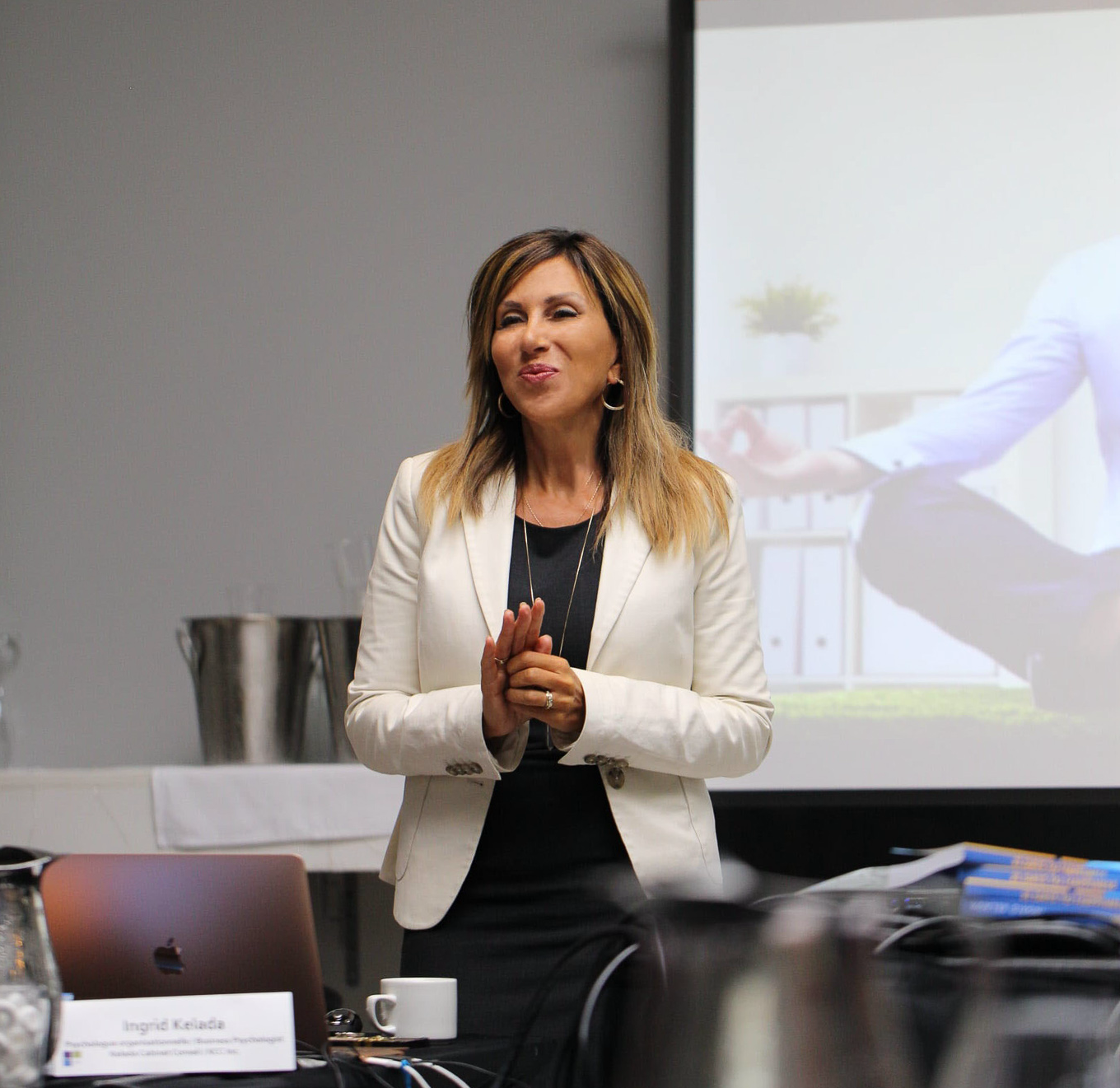5 Ways to Boost Engagement at Work
5 Ways to Boost Engagement at Work One element the long-term success of any organization depends upon is employee engagement. A team invested in the work they do has a contagious energy that helps an organization build momentum. Boosting engagement also helps to boost employee satisfaction and retention, creating an upward spiral. Investing in your individual team members leads to benefits for the organization, which adds to the success and happiness of the team members, which adds to the organization’s success, and so on. Here are 5 ways to boost employee engagement on your team. 1. Recognize and Invest. Take a genuine, personal interest in the members of your team. What are their individual talents and goals? What do they do well? Recognize the value they bring to the team individually and to the group. When someone notices the hard work we’re doing, it helps to energize us to continue performing… tell them when you notice, and I will quote the famous book, The One Minute Manager, “catch them doing something right” on purpose! Additionally, invest in getting to know each member of the group. What excites them? How do they spend their free time? Cultivate respect for each person by getting to know them a little bit. 2. Solicit Feedback. What does the team think is going well? What obstacles make their work more challenging? Give your employees a chance to express concerns or issues and hear them out. Resist the urge to explain or defend. What action can you take to address the group's concerns? If something can’t be addressed in the way the team desires, be frank about that, too. Openness cultivates trust, another essential component of boosting employee engagement. 3. Communicate. Communicate. Communicate! Meet regularly to discuss what’s new, provide status updates, share success stories and talk about issues as they arise. This helps ensure that everyone stays focused on the same priorities, is informed of new information, and has an opportunity to ask questions or point out any challenges that have arisen. Communicate changes clearly and make sure your team gets the answers to the questions they have, even if it means you have to research answers first and respond later. Make sure you follow through with promises to provide further information. Failure to do so can make the team feel like their concerns are unimportant or that you’re unwilling to address concerns. Both can sap motivation. 4. Support Initiative. As the team builds working relationships with one another, you may notice certain members emerging as natural leaders. Make space for people to take on additional responsibilities or lead initiatives that make sense. This recognition and response to new ideas can foster a creative and positive work environment. This allows the group to run more effectively, boosting not just engagement but also outcomes. 5. Provide Professional Development Opportunities. Professional development is critical for any organization to stay ahead of shifting customer expectations and advancing technologies and solutions. Provide opportunities for your team members to earn [...]









